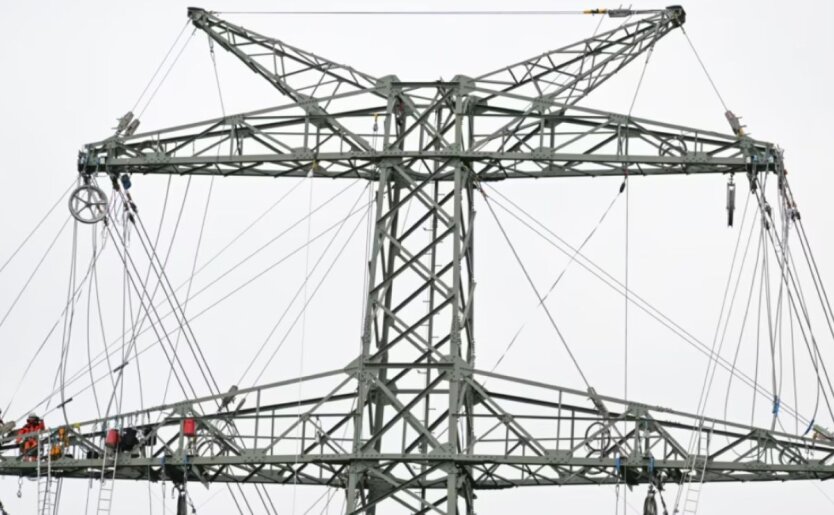OPEC clarifies global oil demand forecast for 2025.


The Organization of the Petroleum Exporting Countries (OPEC) has reported that global oil demand continues to rise. According to the OPEC report, demand will reach 105.2 million barrels per day by the end of 2025, which is 1.45 million barrels more than a year ago.
According to OPEC's calculations, global oil demand stood at 103.75 million barrels per day in 2024, and 102.21 million barrels per day in 2023.
The organization anticipates that oil demand will continue to grow next year, reaching 106.63 million barrels per day, which is 1.43 million barrels more than this year.
According to OPEC's forecast, in the first quarter of 2025, demand will be 104.25 million barrels per day, in the second quarter 104.45 million, in the third quarter 105.33 million, and in the fourth quarter 106.75 million.
In February, oil production by OPEC countries increased by 154,000 barrels per day compared to January, reaching 26.86 million barrels per day.
On average, OPEC produced 26.62 million barrels per day last year, compared to 27.07 million barrels in 2023. All data is accounted for except data from Angola, which has left OPEC.
According to OPEC, in February Russia produced 8.973 million barrels per day, almost the same as in January (8.977 million barrels per day), in line with the OPEC+ agreement quota of 8.98 million barrels per day.
Last year, Russia produced 9.19 million barrels of oil per day, compared to 9.60 million barrels per day in 2023, according to OPEC's estimates.
Read also
- The Ombudsperson explained in which case it is possible to take the NMPT-2025 in an additional session
- Ukraine is completing preparations for screening with the EU in the field of water legislation
- The energy system requires 2.2 GW of maneuverable generation - forecast
- In Ukraine, they want to build 400 elevators with a capacity of 5 million tons of grain
- More expensive or nothing: bakers made an unfavorable forecast regarding bread prices in Ukraine
- In Ukraine, exams for 'mechanics' may become a thing of the past: what will change for future drivers










